THE
DURHAM
BOOK
OF
DAYS
ROBERT WOODHOUSE

I am indebted to my wife, Sally, for her research and unstinting support, and to Liz and Ben Taylorson for their administrative and research skills. My gratitude extends to Bob Eastwood and staff at Durham City Library and Durham University Library.
The Julian calendar was in use until Wednesday, September 2nd 1752. The following day, the Gregorian calendar was adopted, making the date Thursday, September 14th 1752. The dates in this book before and after the shift correspond to the respective calendars.
References for extracts appear in brackets at the end of each entry.
Robert Woodhouse, 2014
First published in 2014
The History Press
The Mill, Brimscombe Port
Stroud, Gloucestershire, GL5 2QG
www.thehistorypress.co.uk
This ebook edition first published in 2014
All rights reserved
Robert Woodhouse, 2014
The right of Robert Woodhouse to be identified as the Author of this work has been asserted in accordance with the Copyright, Designs and Patents Act 1988.
This ebook is copyright material and must not be copied, reproduced, transferred, distributed, leased, licensed or publicly performed or used in any way except as specifically permitted in writing by the publishers, as allowed under the terms and conditions under which it was purchased or as strictly permitted by applicable copyright law. Any unauthorised distribution or use of this text may be a direct infringement of the authors and publishers rights, and those responsible may be liable in law accordingly.
EPUB ISBN 978 0 7509 5454 9
Original typesetting by The History Press
CONTENTS
 JANUARY 1ST
JANUARY 1ST 
1863: Philip Armes became Master of the Choristers on this date. He succeeded William Henshaw and initially received an annual salary of 260 which was increased to 300 in 1870. Soon after moving to Durham, Armes married Emily Jane Davison (in January 1864) and, whilst living first at No. 20 North Bailey (186472) and then at No. 17, they had two sons and two daughters.
Philip Armes gained a reputation as a martinet and strict disciplinarian with a habit of carrying a military cane for use when conducting and also as a means of administering punishment. His ability as a musician brought order to the music of the liturgy by arranging two sets of chants for the Psalms and, whilst reviving interest in church music of the sixteenth and seventeenth centuries, Armes edited items from Durhams collection of manuscripts from that period. His scheme for allowing internal students to study for a degree in music was accepted by the University of Durham in 1886. In 1897 he was appointed as the universitys first Professor of Music and retired some ten years later in May 1907. Following his death on February 10th 1908, Philip Armes was buried in the cemetery of St Mary le Bow, Durham. (Crosby, Brian, Come on Choristers! A History of the Chorister School, Durham, Durham: B. Crosby, 1999)
 JANUARY 2ND
JANUARY 2ND 
1875: At about 5 p.m. on this day householders at the higher end of North Road in Durham City were deafened by a gas explosion at the tailor and drapery store owned by William Gray.
After earlier smelling gas Mr Gray had contacted the Gas Companys offices on Framwellgate and a workman had subsequently checked the shop. He reported that no work on the gas pipes was needed before Monday (January 4th). As the smell of gas grew stronger Mr Gray chose to carry out his own investigations. Soon after 5 p.m., leaving gas in the shop unlit, he lit a candle and set out to locate the source of the leak. Having determined that the smell was not coming from gas pipes, Mr Gray was edging across the shop floor towards a party wall with a house at the corner of Atherton Street when a huge explosion hurled him out of his shop.
After temporarily losing consciousness he was able to crawl through an opening before collapsing again. While some neighbours rushed away from the scene others helped to move Mr Gray to the nearby Durham County Hospital. Sadly two young children in the house were fatally injured and at the inquest that followed it was recommended that Durham Gas Company should fit stop valves on mains pipes. (Fordyce, T. (ed.), Local Records; or, Historical Register of remarkable events which have occurred in Northumberland and Durham1833 to [1875], being a continuation of the work published by Mr. John Sykes, Newcastle upon Tyne: T. Fordyce, 18671876)
 JANUARY 3RD
JANUARY 3RD 
1644: On this day Francis Walker was on trial at Durham Assizes for stating:
The Parliament are rogues and traitors. God confound them and the devil confound them; I wish the Parliament house blown up with gunpowder as it should have been once, I hope to see them all hanged, one against another in a short time. Parliament seek to be the King themselves, and they would have the King to be worse than you and I, and that he could not say whether the horse he rode on was his own.
(Dufferwiel, Martin, Durham: A Thousand Years of History and Legend, Edinburgh: Mainstream, 1996)

1953: On this day the wedding took place at Durham Cathedral of Lady Anne Katharine Gabrielle Lumley and Matthew White Ridley, son of Viscount Ridley of Blagdon, Northumberland. The bride was given away by her father the 11th Earl of Scarborough and they were led into the cathedral by the head verger, Mr Frederick Woodward.
The couple lived on the familys 7,000-acre Blagdon estate at Seaton Burn near Stannington and were married for fifty-three years until Lady Anne Katharines death on October 16th 2006. (The Journal, Newcastle upon Tyne, 1958)
 JANUARY 4TH
JANUARY 4TH 
1929: On this day Charles Conlin was hanged at Durham Jail after being found guilty of murdering his grandparents, Thomas and Emily Kirby, in September of the previous year. The tragic series of events began on the early afternoon of Saturday September 22nd 1928 when Annie Maria Stirr of No. 93 Norton Avenue, Norton near Stockton, set out to gather soil in a lane near her home in order to re-pot plants. As she dug at an area of disturbed soil beneath a hedge a human hand poked out of the ground. When police officers arrived at the scene they uncovered the bodies of a man and a woman as well as a discarded spade in a nearby field.
The victims were soon identified as Thomas and Emily Kirby who lived in Victoria Avenue, Norton and suspicion soon focused on their 22-year-old grandson, Charles Conlin. After leaving school at the age of 14 he had worked in a number of jobs but lost some on account of his dishonesty and was serving his notice at a local nitrates factory when the gruesome crime took place. As evidence accumulated against Charles Conlin a grey wallet belonging to Thomas Kirby was found in his possession and, at his trial on November 15th, a guilty verdict was returned. (The Northern Echo
Next page
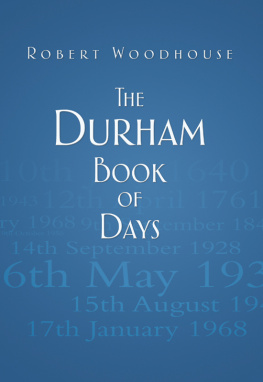

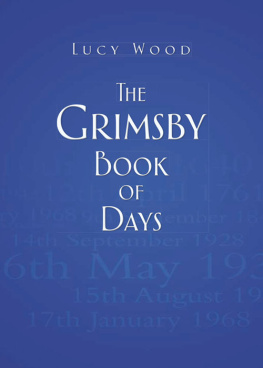
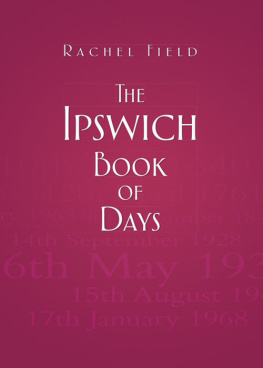
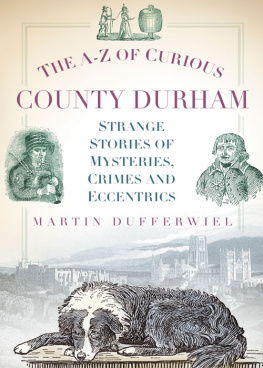
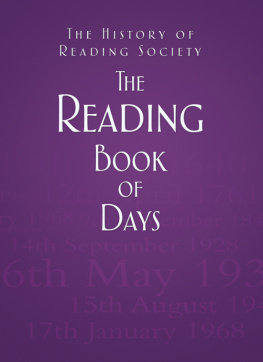
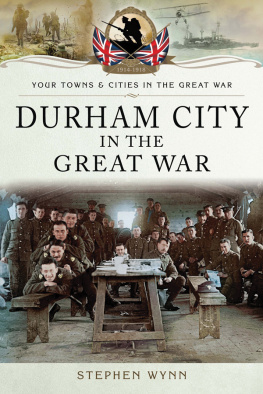
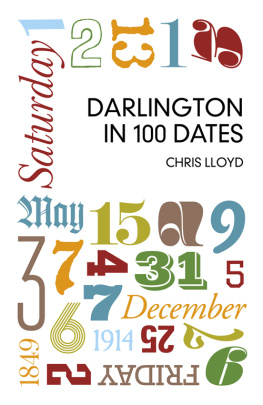
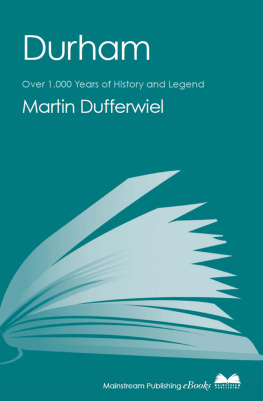
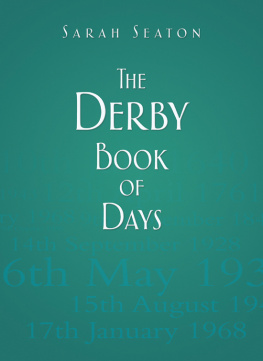
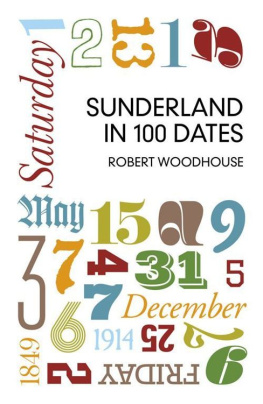
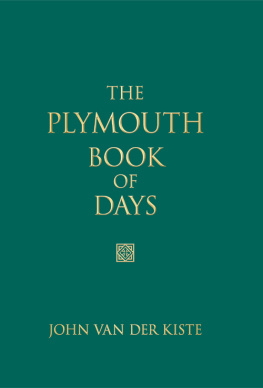
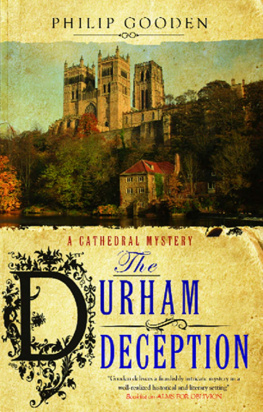

 JANUARY 1ST
JANUARY 1ST 
